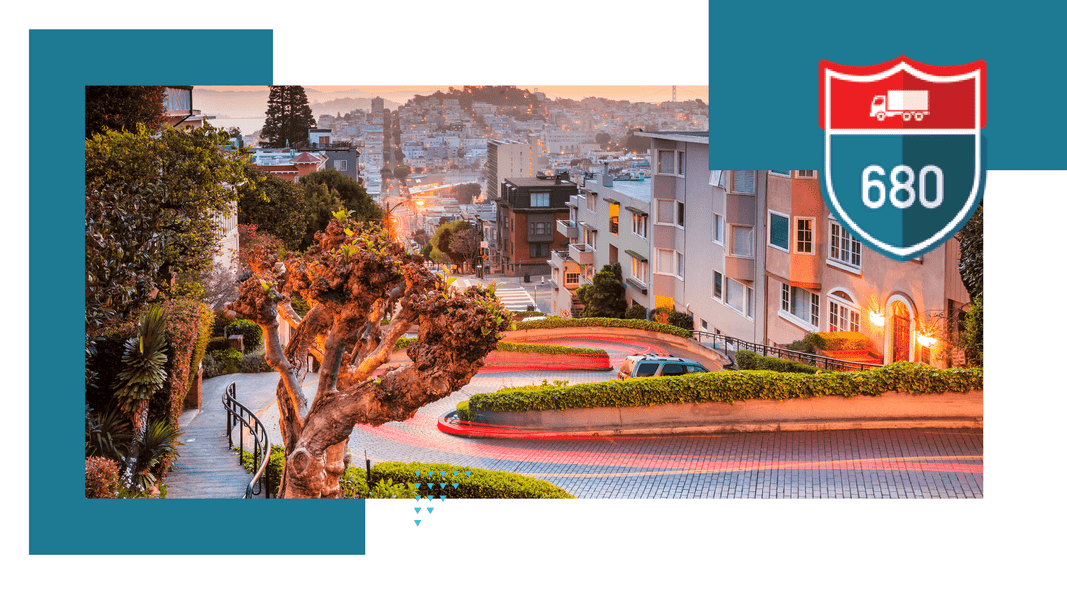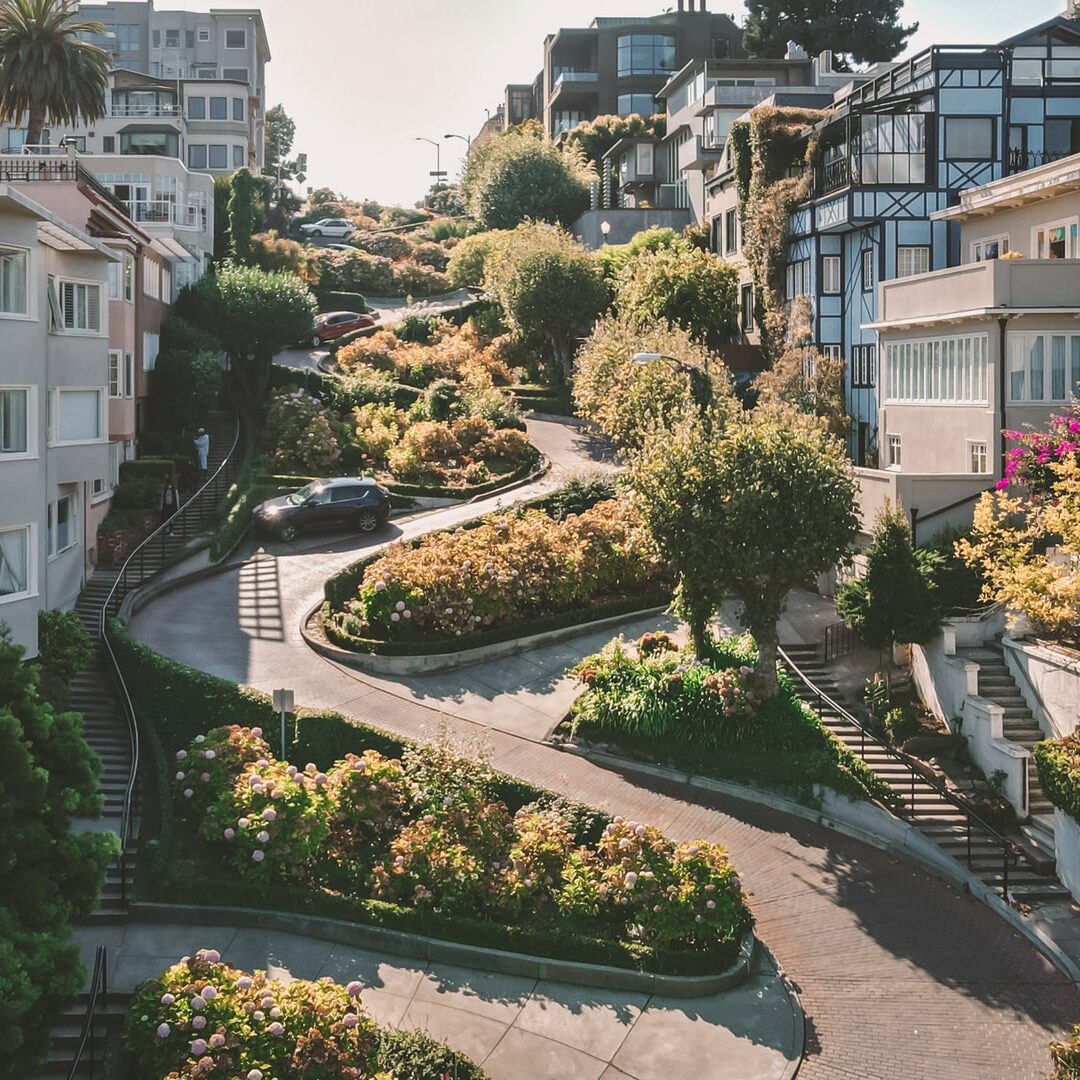Living in San Francisco Without a Car
Public Transportation Options
San Francisco has an extensive public transportation network that makes living car-free very possible. The Muni metro system includes buses, historic streetcars, and the underground BART rapid transit lines that connect to neighboring cities. While Muni does not reach all parts of the greater Bay Area, it is often more convenient than dealing with traffic and parking within city limits. Signing up for the various ride-sharing and car sharing services also provides flexible vehicle access for occasional longer trips. Public transportation systems like Muni metro and BART allow navigation of San Francisco and connection to surrounding areas without the hassle and expense of car ownership. Their frequent service makes most destinations readily accessible either directly or with a short ride-share continuation. Planning trips around the transit schedule does require some adjustments to routines, but avoids much larger monetary and time costs tied to car dependence.
Financial Benefits of Going Car-Free
For many residents, the financial benefits of living without a car far outweigh any limitations to spontaneous travel. City parking is notoriously expensive, often exceeding $200 monthly for a permit spot. Car insurance, registration, maintenance, and repairs add up quickly even for an economical used vehicle. Gas is also significantly more costly in urban areas like San Francisco versus outer suburbs. When tallying all ongoing car expenses against the price of public transit fare or ride-sharing, living car-free frequently results in sizable annual savings. This is especially true for those staying primarily within the walkable downtown and well-served transit corridors. The occasional longer rental trip pencils out much better than shouldering daily car ownership duties and fees.
Access to Natural Areas Without Driving
While a car expands the range for recreational excursions, several worthwhile destinations lie within reach of San Francisco via public transit or bicycle. Across the Golden Gate Bridge, Marin County parks like Muir Woods attract plentiful buses and ferries from the Transit Center. Further afield, Caltrain runs north to coastal trails and south down the peninsula past scenic farms and beaches. For hikers seeking more remote trails beyond weekday commuter transit schedules, organized shuttles and bicycle-friendly ferry routes partly alleviate the car necessity. San Francisco residents managing without a private vehicle can still access natural areas through coordinated multi-modal planning or by joining car-sharing for rarer longer trips.
Flexibility of Ride-Sharing Services
Modern ride-sharing apps provide highly flexible vehicle access to supplement core public transportation networks. Whether linking to the start or end of a regional rail line or bridging gaps in infrequent local bus routes, Uber, Lyft and taxis conveniently fill first/last mile needs. Critically for occasional longer drives, various car-sharing services stationed throughout San Francisco make it possible to borrow a vehicle by the hour or day without the long-term commitment and costs of private ownership. Companies like Getaround, Turo and Zipcar have created a viable alternative to the problem of owning a rarely used car just for weekend excursions or moves. By strategically combining public transit, shared bikes/scooters, ride-shares and car-shares, living without a personal vehicle in the city remains very practical for most needs. Flexible options now allow situational car access without the daily burden and expense.
Making it Work Without Compromising Lifestyle
With some planning and adjusting habits, foregoing car ownership presents manageable inconveniences rather than severe lifestyle limitations. Access to nature, work opportunities, and social activities need not become unfeasibly distant. San Francisco amenities remain positively concentrated for convenient exploring by foot, and connectivity extends well beyond the city limits through rapid regional transit. Those accepting minor scheduling factors can utilize the city to its fullest while investing savings into other priorities. Living car-free with ride-sharing and public transportation substitutes proves a sustainably modern option. With ongoing infrastructure upgrades also improving, few residents experience forced dependence on private vehicles within this compact, transit-rich locale. Overall mobility and quality of life thrive without compromising environmental or financial wellness.
Summary: Car-Free Potential in San Francisco
As one of America’s most accessible and transit-oriented urban areas, San Francisco establishes gold standard liveability without automotive reliance. Well-integrated public transportation networks, flexible rental services, regulated ride-shares and ample bicycle/scooter terrain render car ownership unnecessary for most daily trips. Careful residents avoiding the high costs of ownership save thousands annually while maintaining access to jobs, culture and natural escapes. With patience and practice adjusting routines slightly, living car-free emerges entirely practical for maximizing finances and the compact charms of this pedestrian-scaled waterfront city. 
